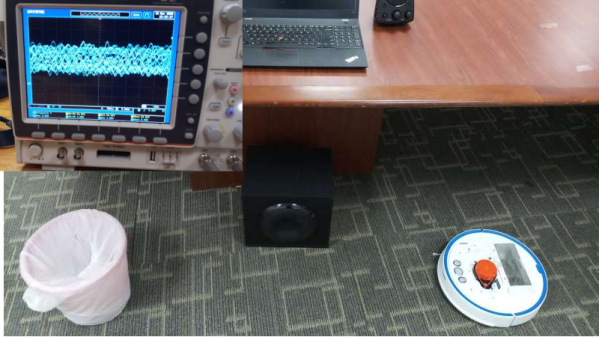There’s a VMWare problem that’s being exploited in the wild, according to the NSA (PDF). The vulnerability is a command injection on an administrative console. The web host backing this console is apparently running as root, as the vulnerability allows executing “commands with unrestricted privileges on the underlying operating system.”
The wrinkle that makes this interesting is that VMWare learned about this vuln from the NSA, which seems to indicate that it was a zero-day being used by a foreign state. The compromise chain they list is also oddly specific, making me suspect that it is a sanitized account of observed attacks.
Microsoft Teams, And the Non-CVE
[Oskars Vegeris] found a pair of interesting problems in the Microsoft Teams client, which together allows an interactionless, wormable RCE. The first vuln is an XSS problem, where a message containing a “mention” can be modified in transit to include arbitrary Javascript. To get that JS past the XSS protection filter, a unicode NULL byte is included in the payload. The second vuln is using the built-in file download code in the Teams app to download and auto-run a binary. Put together, anyone who simply loads the message in their Teams app runs the code.
Vegeris points out that since so many users have a presence in multiple rooms, it would be trivial to use this exploit to build a worm that could infect the majority of Teams users worldwide. The bug was reported privately to Microsoft and fixed back in October. A wormable RCE in a widely used tool seems like a big deal, and should net a high CVE score, right? Microsoft gave two ratings for this attack chain, for the two versions of Teams that it can affect. For the Office365 client, it’s “Important, Spoofing”, which is about as unimportant as a bug can be. The desktop app, at least, was rated “critical” for an RCE. The reason for that seems to be that the sandbox escape only works on the standalone desktop app.
But no CVE was issued for the exploit chain. In the security community, collecting CVEs is an important proof of work for your resume. Microsoft replied that they don’t issue CVEs for products that get updated automatically without user interaction. Kerfuffle ensued. Continue reading “This Week In Security: VMWare, Microsoft Teams, Python Fuzzing, And More”

















